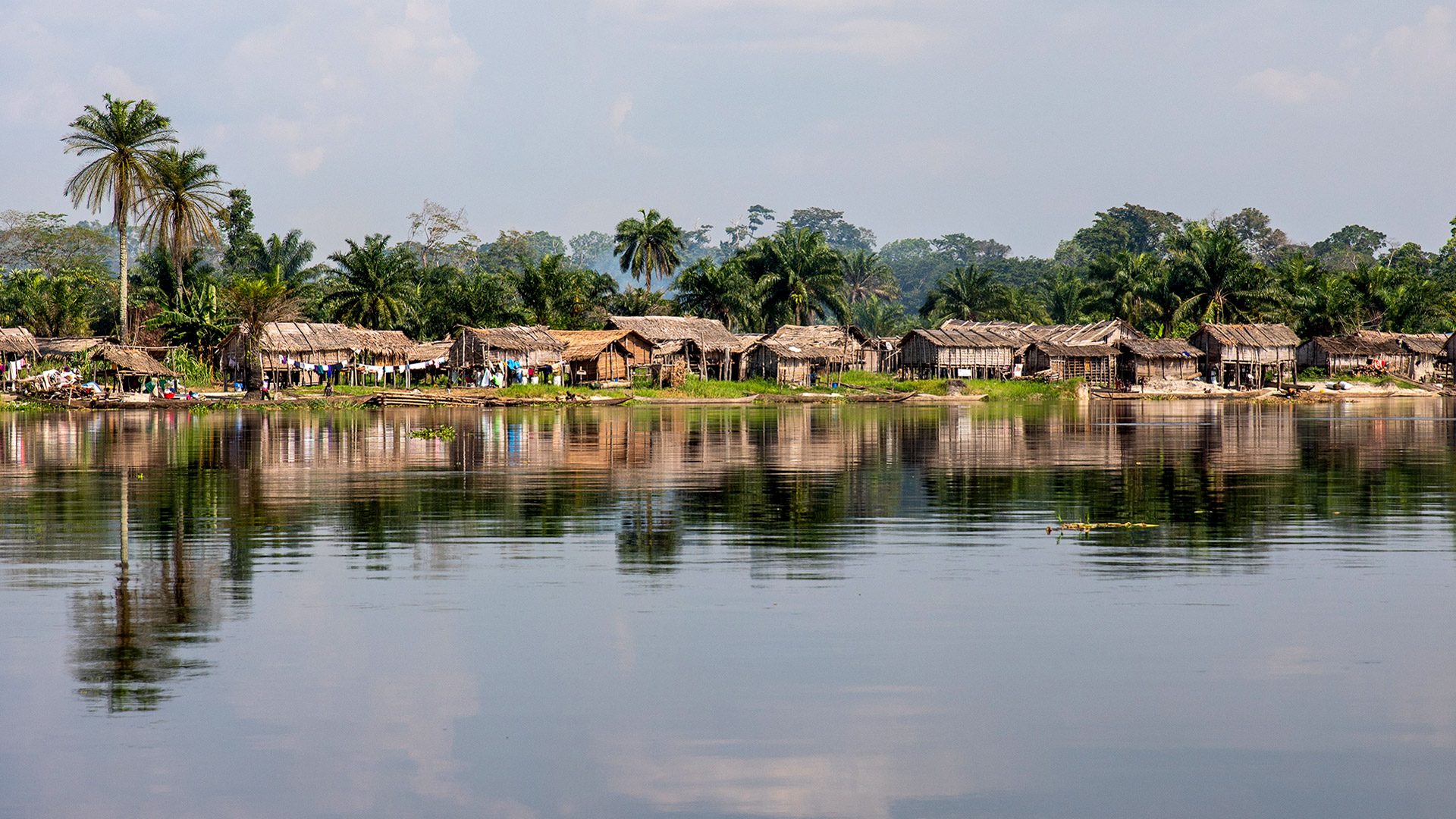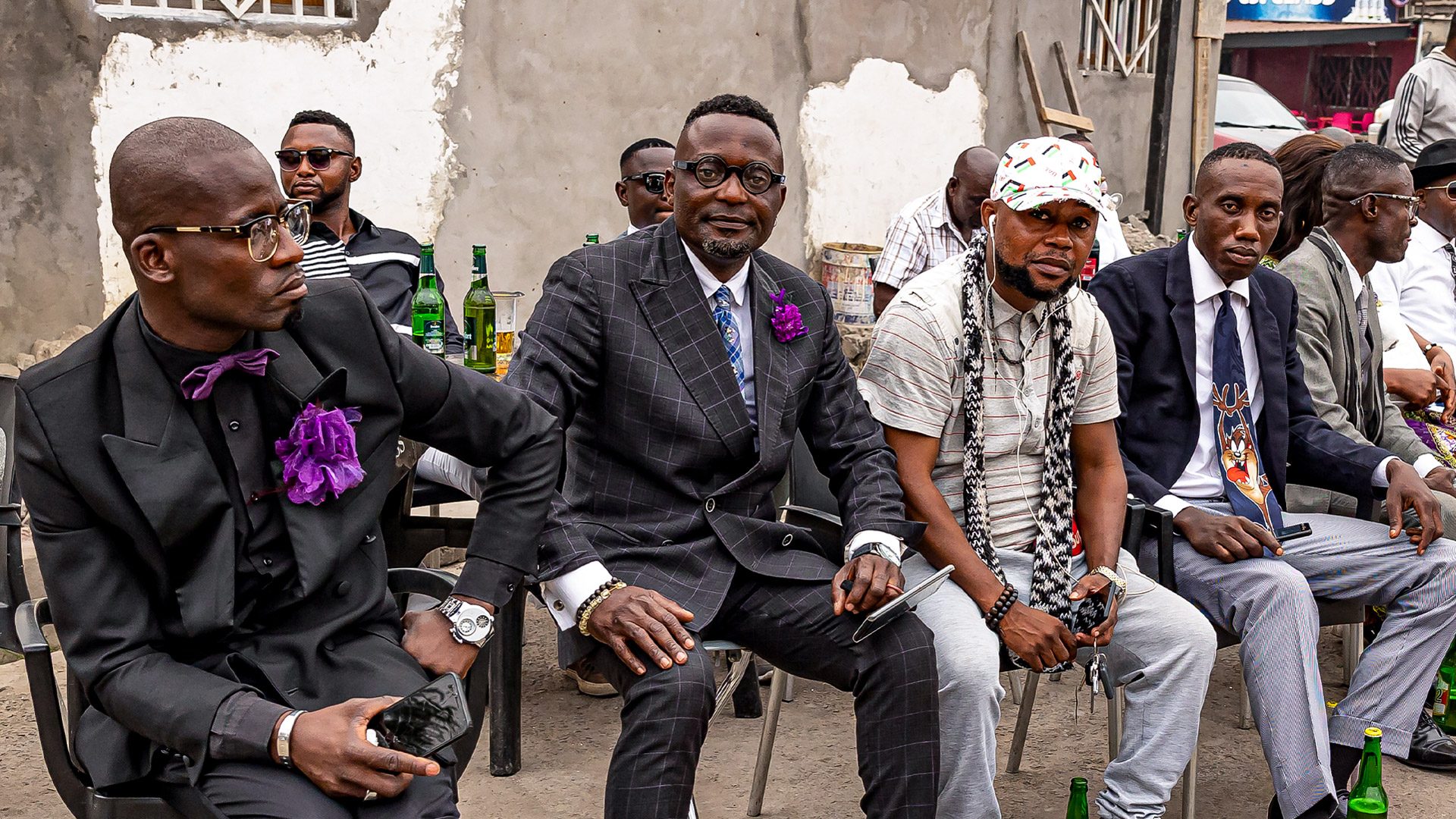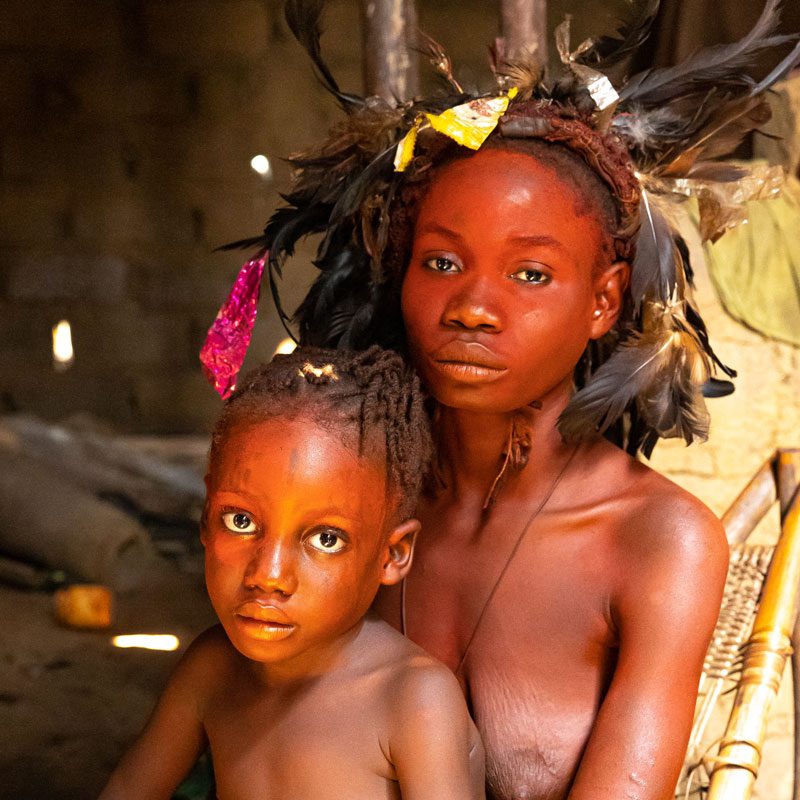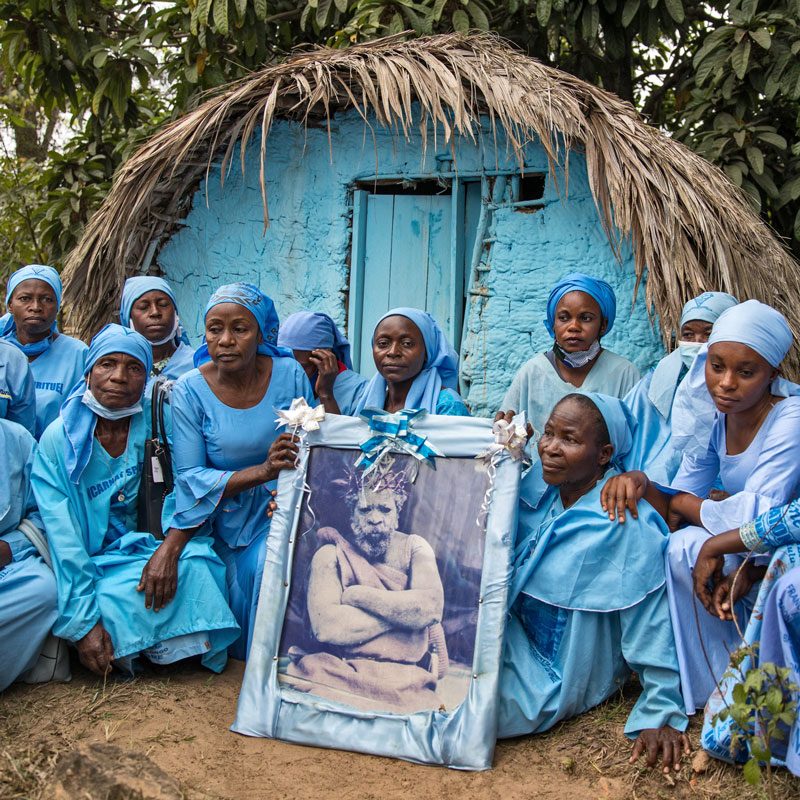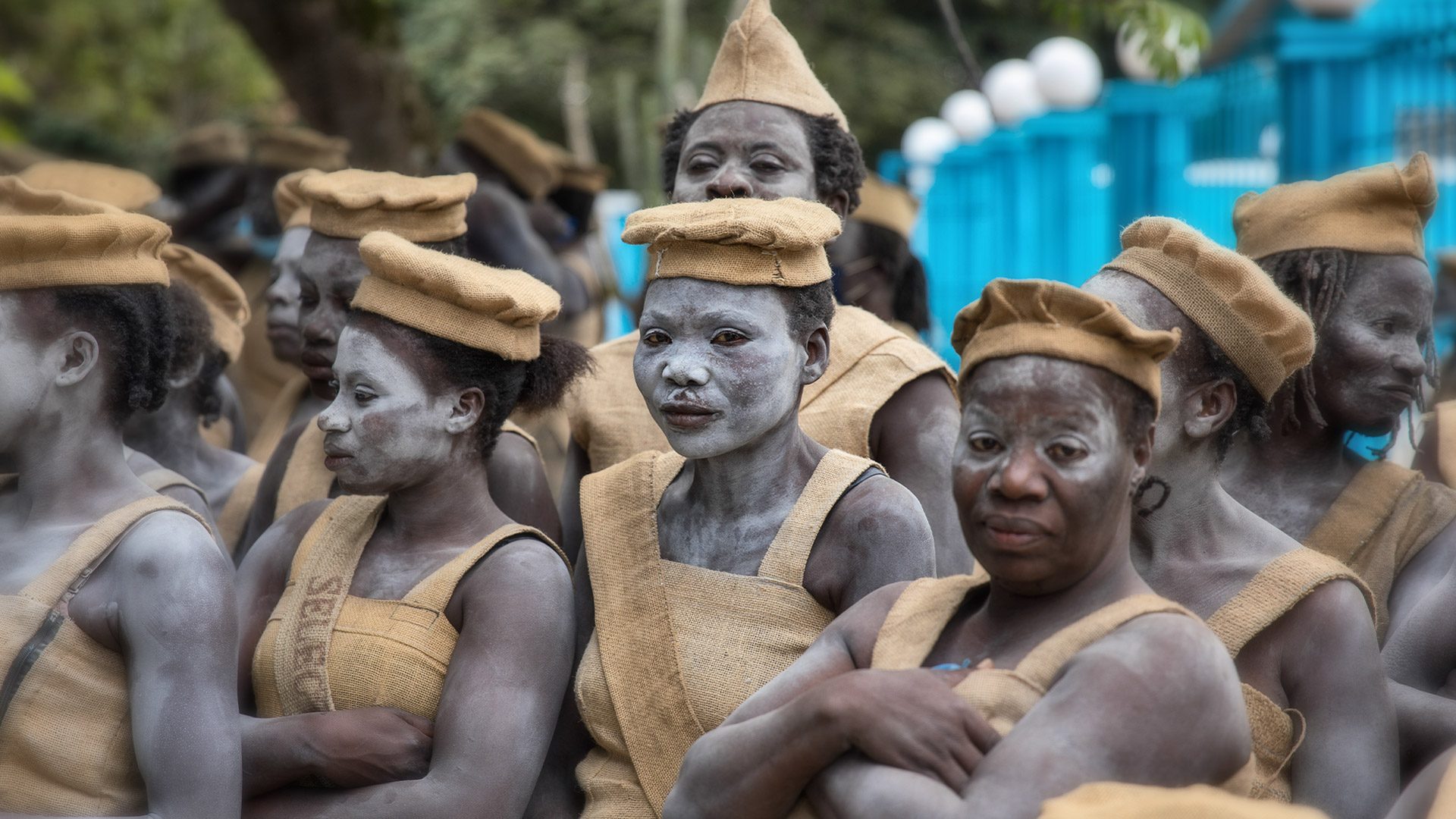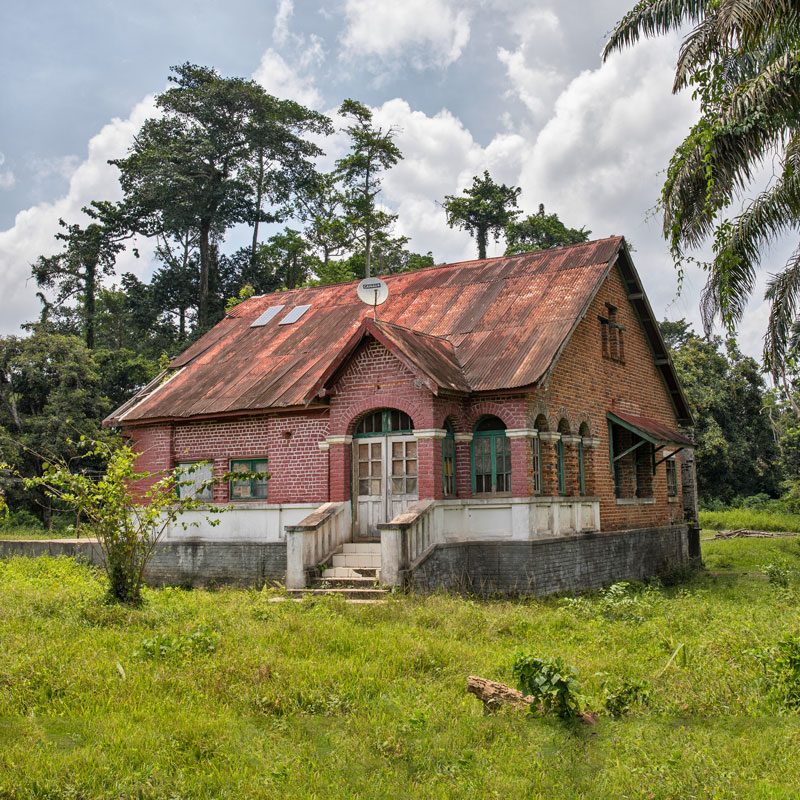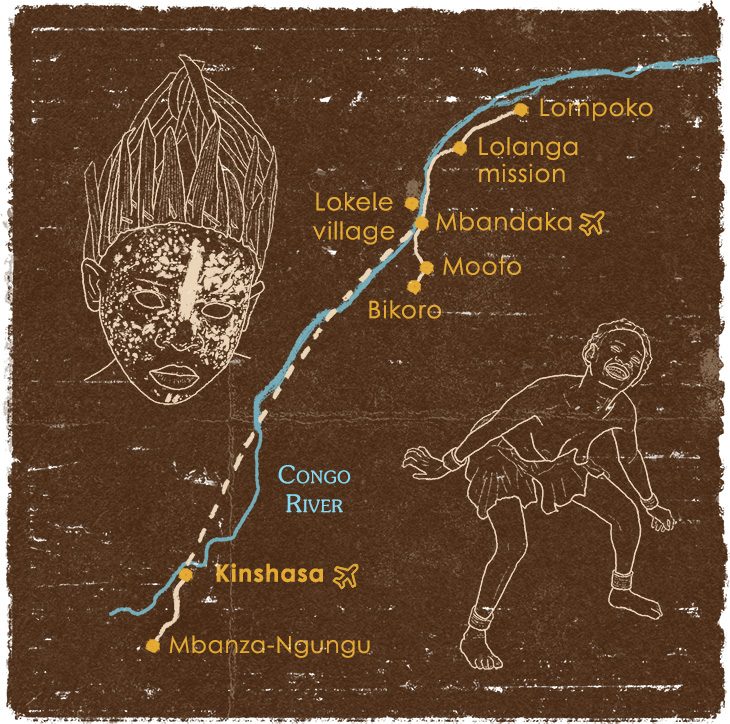Discover the highlights of this ethnographic trip to the D.R. of the Congo
We will meet the most traditional tribal groups
Lokele tribe
On the way to the ‘heart of darkness’, we will stop to meet the Lokele people. They are a Bantu-speaking fishing tribe that had the tradition of tattooing their bodies. Today this practice can only be seen in the bodies of old women.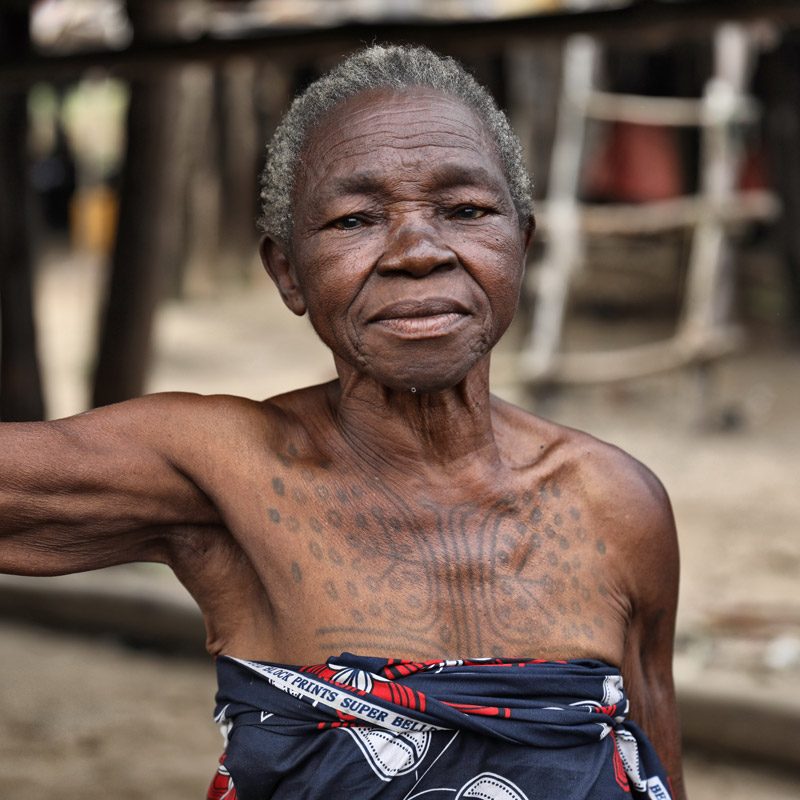

Balumbe tribe
During this ethnographic trip to the D.R. of the Congo, we will go up the Congo River to the isolated territory of the Balumbe people, the so-called ‘sorcerer pygmies’. Their reputation as healers is known up and down the Congo River. They are a semi-nomadic people from the Congolese jungle, with very little information available about them. After 3 hours of climbing up the Congo River and a 1-hour walk through the jungle, we will arrive at a Balumbe Pygmy village, where we will spend the night. We will bring gifts appreciated by the Balumbe (salt, oil and fabrics), which will probably start a frenetic welcome party. During this ethnographic trip to the D.R. of the Congo, we will enjoy a whole day with the Balumbe. We will accompany them in their activities of collecting food and medicinal plants, as well as in their hunting activities. At sunset, we will enjoy their music and songs. At sunset, we will enjoy their music and songs.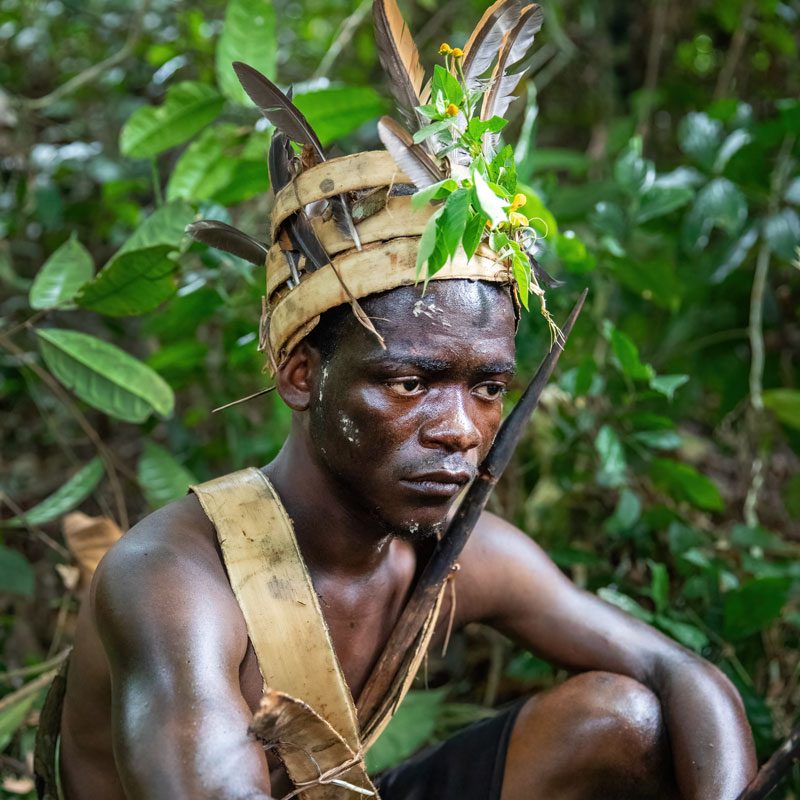
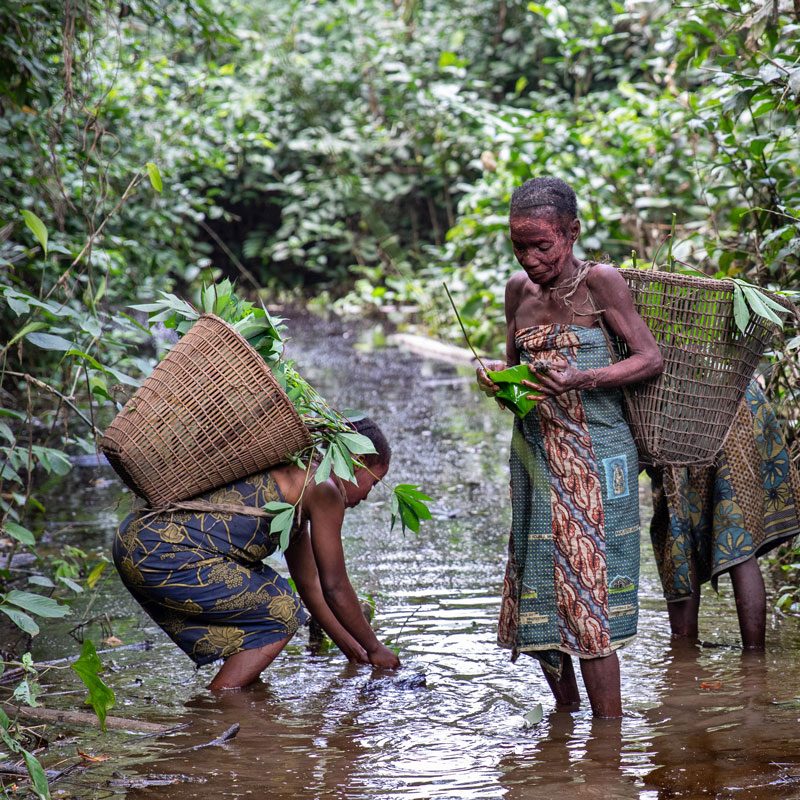
Ntomba tribe
This hunter-farmer Bantu ethnic group has a peculiar tradition that affects women who give birth to their first son or daughter. After becoming mothers for the first time, young women from the Ntomba tribe become ‘walés’ (breastfeeding women). This is when a life of seclusion begins, during which they will spend several years caring exclusively for their children. You can read more about the Walé women in our blog post, 'The Walé women of the D.R. Congo'.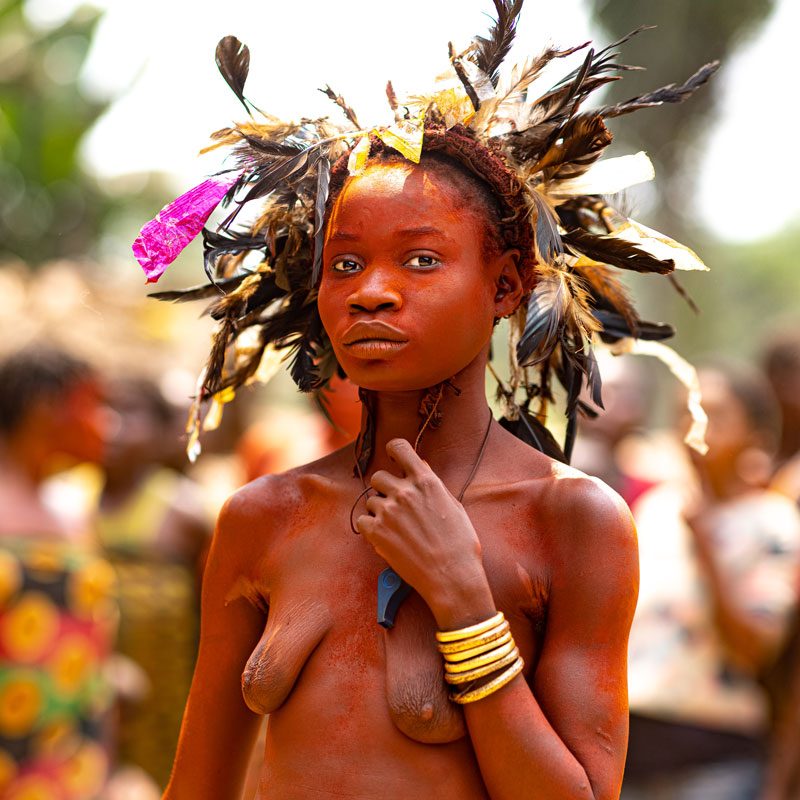
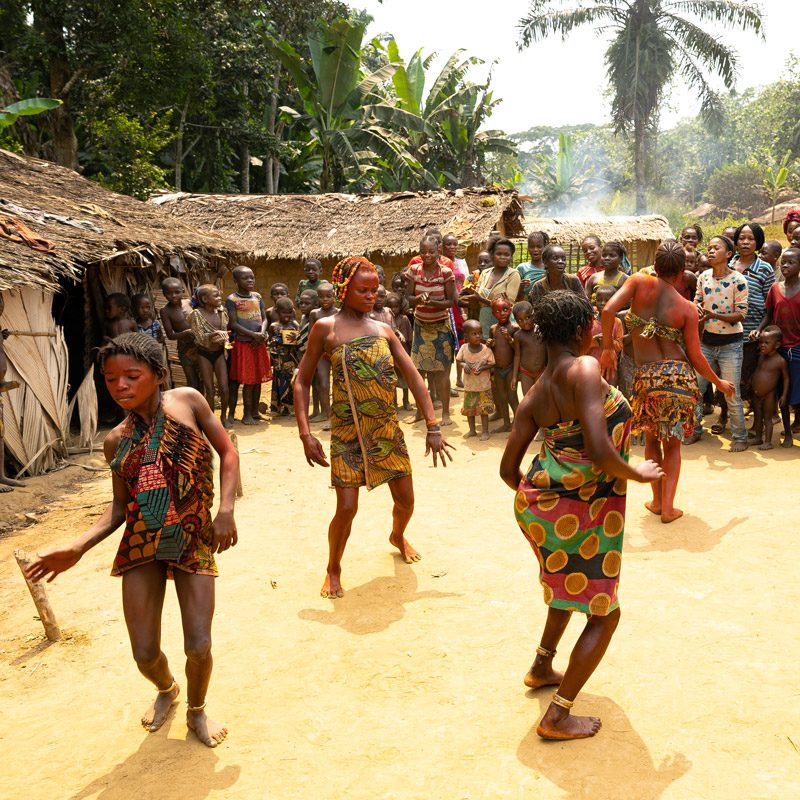
Ngombe tribe
These people of hunters, fishermen, and farmers are ruled by traditional kings. During this ethnographic trip to the D. R. of the Congo, we will enjoy a full day with the Balumbe. We will accompany them as they gather food and medicinal plants, as well as on their hunting activities. At dusk, we will enjoy their music and songs.
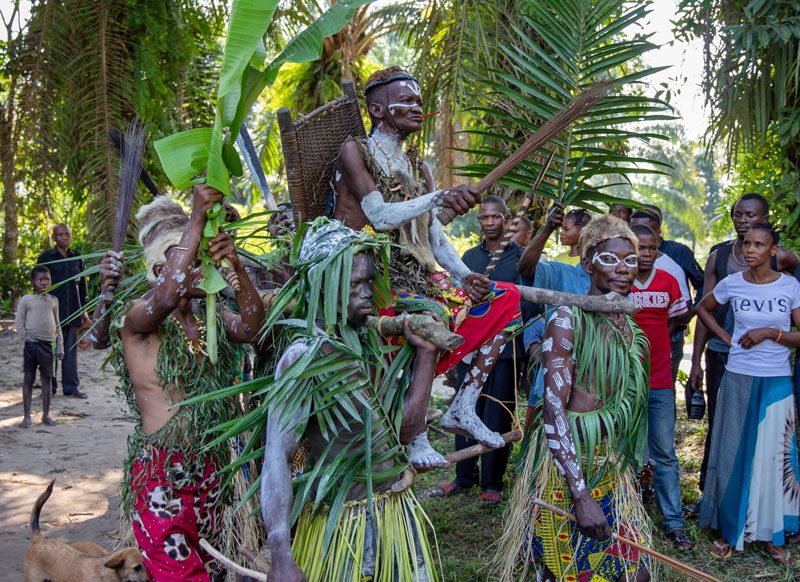
Meeting with 'Sapeur' members
On this ethnographic trip to the D.R. of the Congo we will enjoy a photo shoot with members of the group ‘Sapeur’ (Society of Ambianceurs and Elegant People), also known as the Dandies of Congo. The sapeurs’ style and relationship to clothing are unique: it’s a throwback to a lost world of post-colonial elegance and decadence, and at the same time it’s futuristic. Members have their own code of honor, codes of professional conduct, and strict notions of morality. The movement began when the Congolese military, who fought in France during World War II, returned home to Africa and brought Parisian fashion with them. They regularly met at parties that they themselves created to be able to show off their outfits, until in the end they created the Society of Ambianceurs and Elegant People (SAPE) to recreate the myth of French elegance. This urban cultural experience will be animated with some Suku music, the so-called Congolese rumba. You can read more about the Sapeurs in the post of our blog 'Sapeurs, urban fashionistas'.
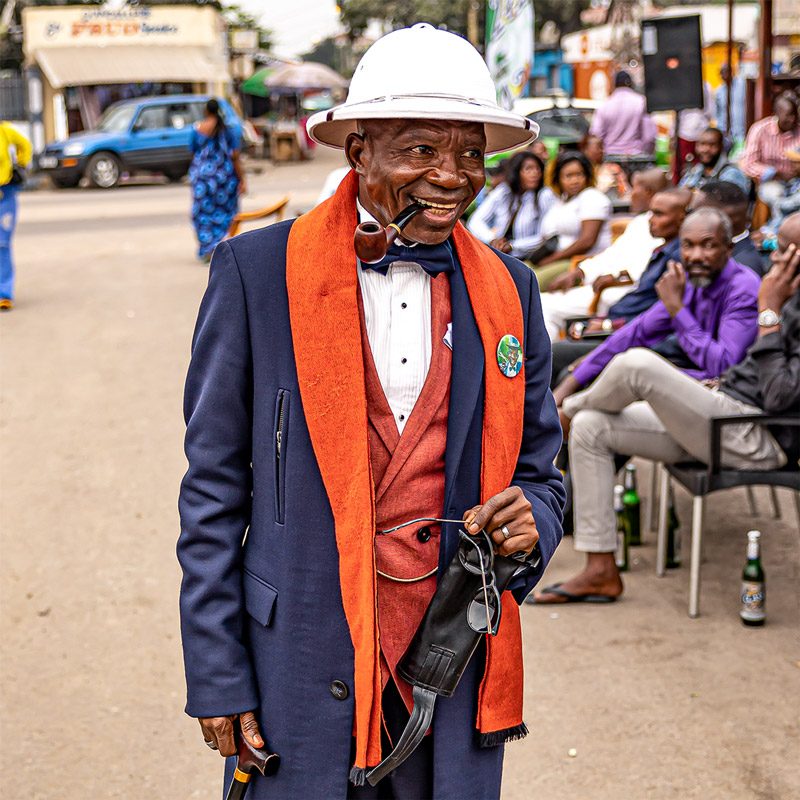
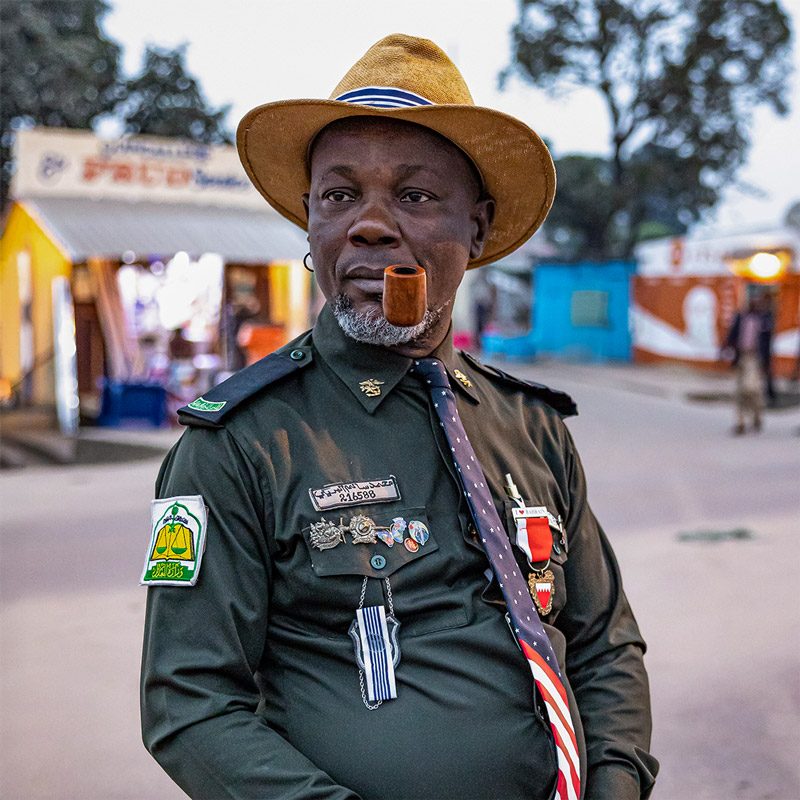
Visit to the Tata Gonda religious centre
This is a Christian-Animist sect that grew around the figure of the late Tata Gonda, a follower of Kimbangu’s doctrine -'Going back to the African roots but from a Christian point of view'-. During our visit to this unique religious group, we will enjoy its beautiful chants and liturgy, that mixes African rites with colonial ones.
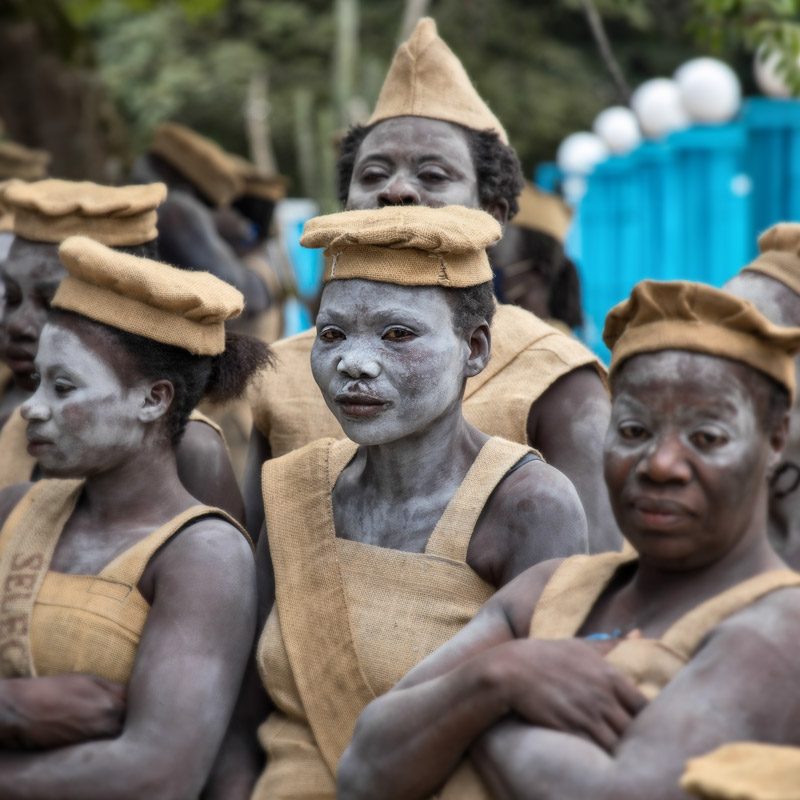
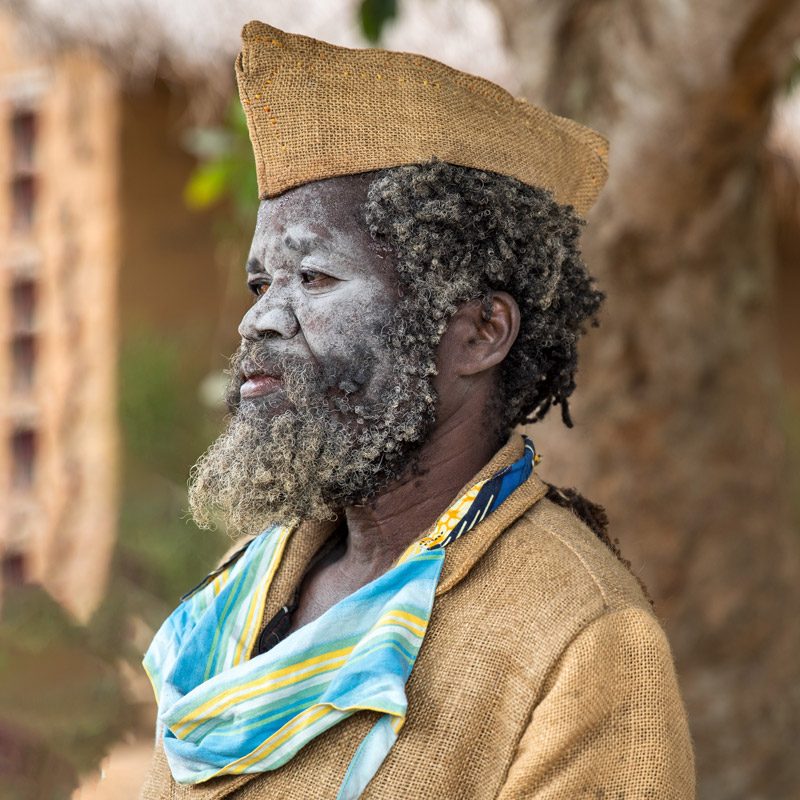
© Photos by Jordi Zaragozà Anglès and Xavi de las Heras taken during an ethnographic trip to the D.R. of the Congo.
► Download the itinerary of this ethnographic trip to the D.R. of the Congo
Click on the button below to easily access the download form for the itinerary for this ethnographic trip to the D.R. of the Congo.
